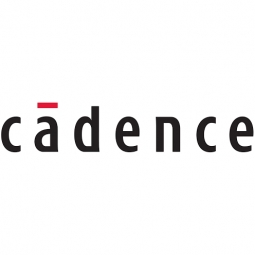Cadence Design Systems
Case Studies
Sharp Corporation Accelerates CMOS Image Sensor Production with Cadence Solutions
Overview
 |
Sharp Corporation Accelerates CMOS Image Sensor Production with Cadence SolutionsCadence Design Systems |
Sensors - Flow Meters Sensors - Liquid Detection Sensors | |
Electronics Equipment & Machinery | |
Product Research & Development Quality Assurance | |
Time Sensitive Networking Visual Quality Detection | |
System Integration Testing & Certification | |
Operational Impact
| By using the Encounter RTL-to-GDSII flow and its integrated product technologies, Sharp was able to achieve a 2x faster turnaround time compared to its previous digital flow. This significantly sped up the time to market for their new CMOS image sensor. In addition to this, the design team experienced higher quality results in timing, area, and productivity. The Encounter Digital Implementation System offered the Sharp design team comprehensive, advanced technology to complete digital implementation from netlist synthesis to P&R, including concurrent in-design validation. The success of this project has led Sharp to plan on continuing to use Cadence solutions for upcoming projects. | |
Quantitative Benefit
| 2x improvement in turnaround time | |
| Higher quality results in timing | |
| Improved area and productivity | |


